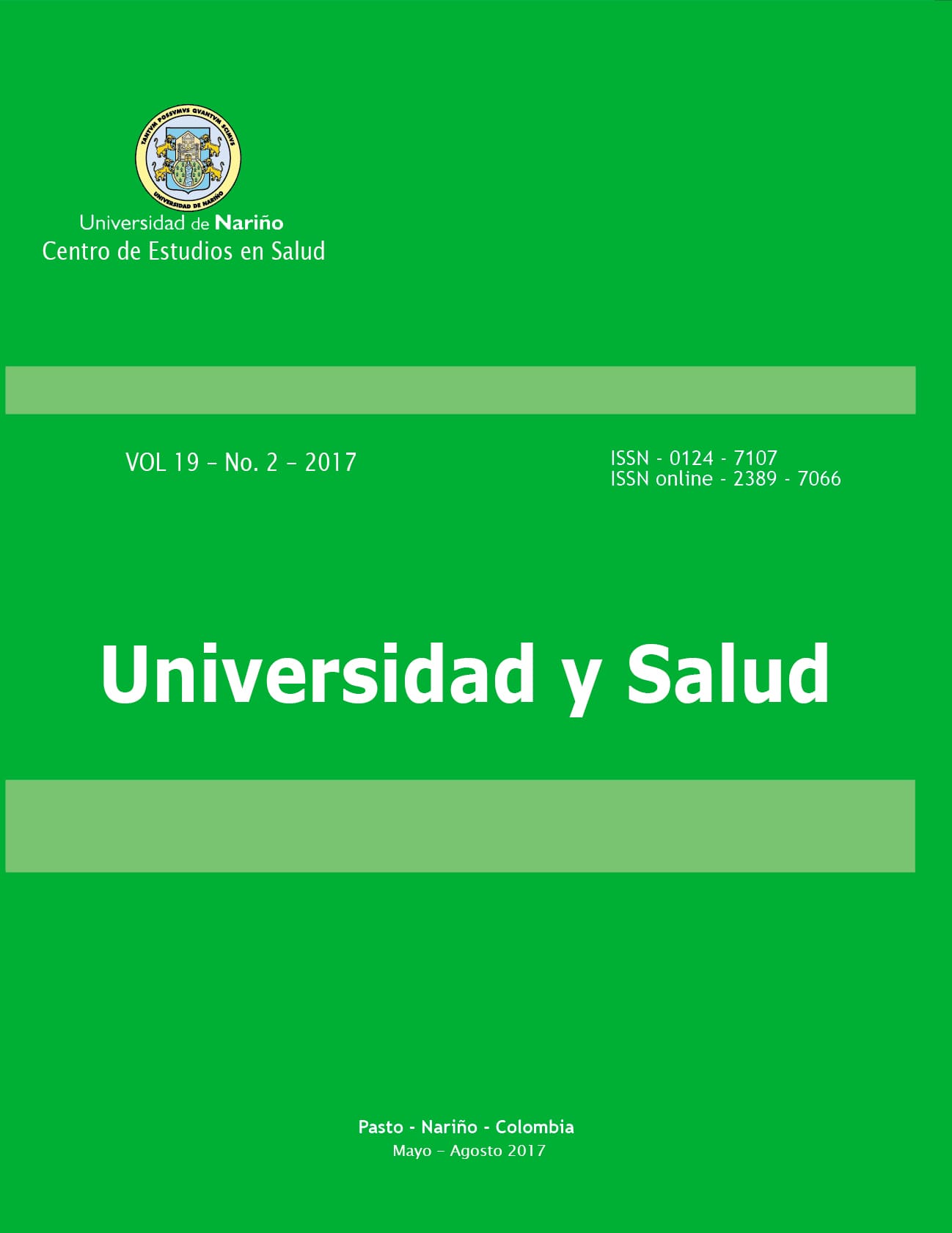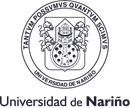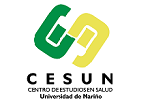Lipid anthropometric and physical condition profile of university athlete students
DOI:
https://doi.org/10.22267/rus.171902.89Keywords:
Lipids, Anthropometry, Athletes, Higher educationAbstract
Introduction: Recognizing aspects such as lipid profile, body composition and physical composition of athletes can avoid recurrent errors in sports training. Objective: To establish the lipid, anthropometric and physical condition profile of students belonging to the sports teams of the University of Quindío. Materials and methods: Members of 14 sports teams were valued in their anthropometric measurements according to the guidelines of the International Society for the Advancement in Kinanthropometric (ISAK). For this, different tests were applied to determine strength, speed, resistance and flexibility and commercial kits were used to establish the lipid profile. Results: The population has normal ranges of lipid profile. Regarding the anthropometric profile, averages of fat percentage were found above those that are considered normal for athletes, although they correspond to the normality of the population in general. On a conditional level, flexibility was the capacity with lower averages from those considered as acceptable ranks. Conclusions: It is necessary to look for strategies to improve aspects such as: levels of fatty percentage and flexibility, which in some participants are not in line with the established ranges for performance athletes.
Downloads
Metrics
References
Zúñiga U, de León Fierro L. Somatotipo en futbolistas semiprofesionales clasificados por su posición de juego. Rev Int Cienc Deporte. 2007;III(9):29–36.
García J, Cañadas M, Parejo I. Una revisión sobre la detección y selección del talento en balonmano. e-balonmano.com Rev Digit Deport. 2007;3(3):39–46.
Moreno P, Manonelles C. Manual de Cineantropometría. España: NEXUS MEDICA EDITORES SL; 2012. 434 p.
Gil J, Verdoy P. Caracterización de deportistas universitarios de fútbol y baloncesto: antropometría y composición corporal. e-balonmano.com Rev Digit Deport. 2010;7(1):39–51.
Hagberg J, Park J, Brown M. The role of exercise training in the treatment of hypertension. Sport Med. 2000;30:193–206.
Franklin BA, Ph D, Cardiology P, Rehabilitation C, Durstine JL, Ph D. Impact of diet and exercise on lipid management in the modern era. Best Pract Res Clin Endocrinol Metab [Internet]. Elsevier Ltd; 2017;28(3):405–21. Available from: http://dx.doi.org/10.1016/j.beem.2014.01.005
Caro J, Navarro I, Romero P, Lorente RI, Antonia M, Martínez-hervás S, et al. Efecto metabólico del ejercicio físico regular en la población sana. Endocrinol y Nutr [Internet]. SEEN; 2017;60(4):167–72. Available from: http://dx.doi.org/10.1016/j.endonu.2012.11.004
Blazek A, Rutsky J, Osei K, Maiseyeu A, Rajagopalan S. Exercise-mediated changes in high-density lipoprotein : Impact on form and function. Am Heart J [Internet]. Mosby, Inc.; 2013;166:392–400. Available from: http://dx.doi.org/10.1016/j.ahj.2013.05.021
Berenson G, Srinivasan S, Webber L. Cardiovascular risk in early life: the Bogalusa Heart Study. Current Concepts, a SCOPE publication. Kalamazoo. Michigan: Upjohn Company, Kalamazoo; 1991. 41-53 p.
Marfell-Jones M, Olds T, Stewart A, Carter L. International Standards for Anthropometric Assessment. South Africa: ISAK; 2006. 131 p.
Ministerio de Protección Social. Presidencia de la República. RESOLUCION NUMERO 8430 DE 1993. Colombia; 1993 p. 1–19.
ATP III. ATP III Guidelines At-A-Glance Quick Desk Reference. ESTADOS UNIDOS; 2001.
Organización Mundial de la Salud (OMS). Obesidad y sobrepeso. Nota descriptiva N°311. 2016;1.
WHO expert consultation. Appropriate body-mass index for Asian populations and its implications for policy and intervention strategies. Lancet. 2004;363(9403):157–63.
Alba A. Test funcionales, cineantropometria y prescripción en el entrenamiento en el deporte y la actividad física. España: Editorial Kinesis; 2012. 282 p.
Freire de Freitas RWJ, Moura de Aráujo MF, Soares Lima AC, Rodrigues Pereira AM, Coelho Damasceno AM. Study of Lipid profile in a population of university students. Rev Latino-Am Enferm. 2013;21(5):1151–8.
Pérez-Mendez O. Lipoproteínas de alta densidad (HDL). ¿Un objetivo terapéutico en la prevención de la aterosclerosis? Arch Cardiol México. 2004;74(1):53–67.
Lira FS, Yamashita AS, Uchida MC, Zanchi NE, Gualano B, Martins E. Low and moderate , rather than high intensity strength exercise induces benefit regarding plasma lipid profile. Diabetol Metab Syndr. 2010;2(31):1–6.
Ponce Y, Ponce A, Rodríguez A, Llanes C. Las lipoproteínas de alta densidad : protectoras vasculares contra la aterosclerosis. CorSalud. 2013;5(4):366–78.
García-Cardona DM, Nieto O, Landázuri P. Efecto del ejercicio sobre las subpoblaciones HDL, la enzima lecitina-colesterol acil-transferasa y la proteína transportadora de ésteres de colesterol en estudiantes de Medicina. Rev Colomb Cardiol [Internet]. Sociedad Colombiana de Cardiología y Cirugía Cardiovascular; 2015;22(6):277–84. Available from: http://dx.doi.org/10.1016/j.rccar.2015.04.007
Ruiz JR, Mesa JLM, Mingorance I, Rodríguez-cuartero A, Castillo MJ. Deportes con alto grado de estrés físico afectan negativamente al perfil lipídico plasmático. Rev Esp Cardiol. 2004;57(6):499–506.
Santos-Silva A, Rebelo M, Castro E, Belo I, Guerra A, Rego C, et al. Leukocyte activation, erythrocyte damage, lipid profile and oxidative stress imposed by high competition physical exercise in adolescents. Clin Chim Acta. 2001;306(1–2):119–26.
Asociación Colombiana de Universidades A. Reglamentos técnicos por disciplina deportiva, juegos universitarios nacionales. Asoc Colomb Universidades. 2012;104.
Organización Mundial de la Salud (OMS). Recomendaciones mundiales sobre actividad física para la salud. Suiza: Organización Mundial de la Salud; 2010. 58 p.
De Araujo B, De Araujo S, Toledo I, Moreira P, Ferreira de Miranda H, Knakfuss M. Antropometria e somatotipo: fatores determinantes na seleção de atletas no voleibol brasileiro. Rev Bras Ciênc Esporte. 2011;333:733–46.
Lorenzini R, Betancur-ancona DA, Chel-guerrero LA, Segura-Campos MR, Castellanos-Ruelas AF. Estado nutricional en relación con el estilo de vida de estudiantes universitarios mexicanos. Nutr Hosp. 2015;32(1):94–100.
Malagon C. Manual de antropometría. España: Editorial Kinesis; 2004. 165 p.
Salas-salvadó J, Rubio MA, Moreno B, Grupo colaborativo SEEDO. Consenso SEEDO 2007 para la evaluación del sobrepeso y la obesidad y el establecimiento de criterios de intervención terapéutica. Med Clin. 2007;128(5):184–96.
Rodríguez-Rodríguez F, Santibañez-Miranda M, Montupin-Rozas G, Chávez-Ramírez F, Solis-Urra P. Diferencias en la composición corporal y actividad física en estudiantes universitarios según año de ingreso. Univ y Salud. 2016;18(3):474–81.
Valbuena García R. Evaluación y normas para la clasificación de la capacidad física “Flexibilidad” considerando personas entre 9 y 50 años de edad pertenecientes al Distrito Capital de la ciudad de Caracas. Rev Invest (Guadalajara). 2007;31(61):121–42.
Platonov V, Bulatova M. La preparación física. 4th ed. España: Editorial Paidotribo; 2017. 408 p.
George J, Fisher G, Vehrs P. Test y pruebas físicas. 4th ed. España: Editorial Paidotribo; 2005. 310 p.
Artiles H, Rodríguez H. Entrenamiento de la fuerza con sobrecargas. 2nd ed. España: Editorial Kinesis; 2006. 240 p.
Taborda J, Nieto L. El desarrollo de la velocidad en el niño. Teoría y práctica. España: Editorial Kinesis; 2005. 254 p.
Gosser M, Bruggemann P, Zintl F. Alto rendimiento deportivo, planificación y desarrollo. España: Ediciones Martínez Roca, S.A; 1989. 223 p.
Published
How to Cite
Issue
Section
License
Copyright (c) 2017 Universidad y Salud

This work is licensed under a Creative Commons Attribution-NonCommercial-ShareAlike 4.0 International License.





















